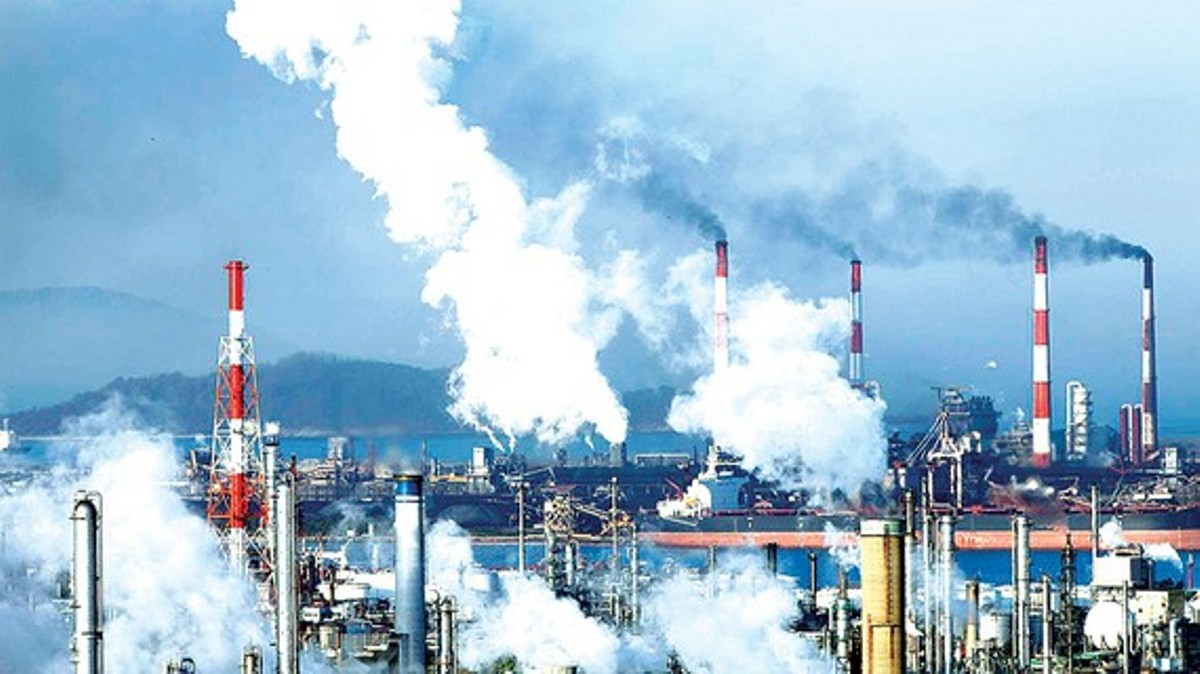
From now until 2027, the Ministry of Environment and Natural Resources will coordinate with the Ministry of Finance to draft regulations relating to establishing an exchange of glasshouse gas emission quotas and local carbon credits. The exchange is scheduled to run on trial in 2025 and last for three years before its official operation in 2028.
Accordingly, the glasshouse gas emission quota will be allocated to each enterprise to reduce emissions.
If enterprises’ emissions exceed the allocated amount, they would buy an extra quota from the Government or other enterprises that still have a quota, or buy carbon credits from a mechanism of exchange, offset carbon credits at a maximum of 10%.
Carbon credits are tradable certificates, permitting the certificate owner to emit one ton of carbon dioxide (CO2) or one ton of other glasshouse gas emissions. Several developing countries such as Peru and Brazil have carbon credit exchanges that announce the trading information of carbon credits, namely sectors in short of or abundant with carbon credits, selling prices, buyers, and related information.
Vietnam has built a legal framework on carbon for the past years but there is still a lack of detailed guidance. In addition, carbon programs are restrictive with many conditions and are yet to be turned into commercial activities.
Failure to issue a management tool and policy on carbon dioxide and glasshouse gas emissions could hinder Vietnam from meeting the Net-Zero target by 2050.
Source: Saigon Times